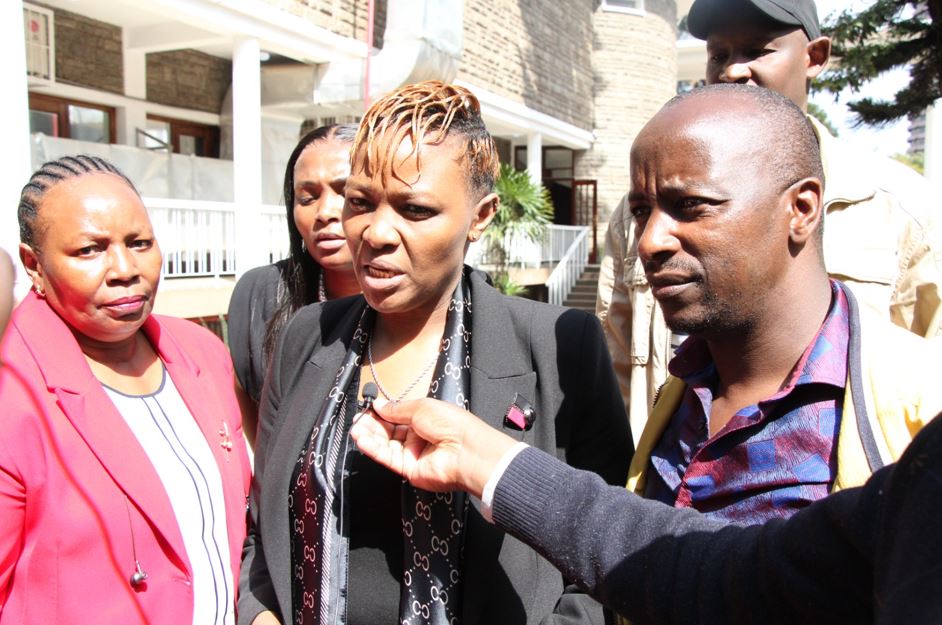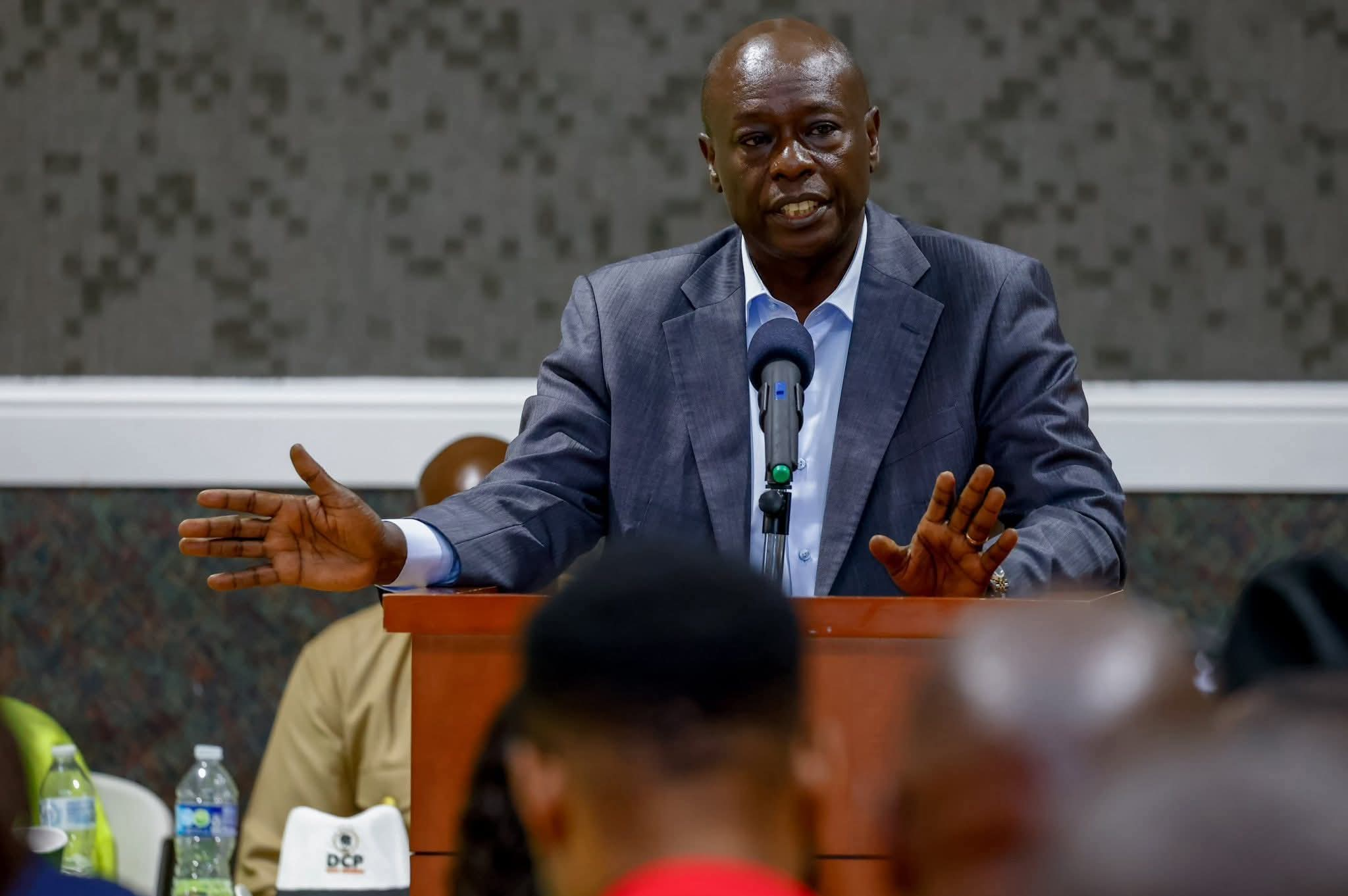Opinion: Northern Kenya deserves real projects, not mere promises

Successive governments have made grand promises to uplift the region, pledging to improve infrastructure, education, healthcare, and economic opportunities.
Are they genuine or rebranded old projects? That is the question many Kenyans are asking as President William Ruto continues to launch several projects across the country.
These lingering questions come at a time when Kenyans, especially a more emboldened youth, are calling for accountability from the government and elected leaders. Some emerging leaders like Morara Kebaso have travelled across the country to shed light on projects that remain stagnant or are entirely non-existent.
More To Read
- President Ruto bestows Prince Rahim Aga Khan V 'Chief of the Order of the Golden Heart'
- Ruto appoints Faith Odhiambo to co-chair panel of experts on compensation of protest victims
- Ruto appoints Komora, Siparo to National Police Service Commission
- Challenging the status quo: Githunguri MP Gathoni Wamuchomba tells it all
- Ruto, Raila and leaders unite in praise for Harambee Stars despite 'heartbreaking' loss
- Court suspends Ruto’s anti-corruption taskforce pending hearing of case
Northern Kenya, a region long marginalised and neglected, stands at the centre of this controversy. Successive governments have made grand promises to uplift the region, pledging to improve infrastructure, education, healthcare, and economic opportunities.
However, these promises have often failed to become a reality. When President Ruto took office, he vowed to prioritise the development of Northern Kenya. Yet, the projects launched under his administration have been met with scepticism, as many remain unfinished or, in some cases, appear to be nothing more than rehashed announcements of past initiatives.
One of the most glaring examples of these dubious launches is the Garissa Water Project, which was celebrated with much fanfare in early 2023.
This project was supposed to provide clean drinking water to thousands of residents in the arid region. However, it has emerged that this project had been announced multiple times under different administrations, with little to no progress made on the ground. Residents continue to rely on water trucking services, a clear indication that the promised infrastructure is nowhere near completion.
Similarly, the Wajir Solar Energy Programme, meant to bring renewable energy to the remote areas of Wajir County, hanots become another case of smoke and mirrors. Investigations showed that this programme was largely a rebranding of existing, underfunded solar projects initiated by previous governments.
Despite the lofty promises, the infrastructure needed to deliver on these pledges remains nonexistent, leaving the residents of Wajir in the dark.
The situation in Isiolo is equally troubling. The Isiolo Stadium, which has recently come into the spotlight, remains under construction despite the allocation of millions of shillings each financial year. Yet, the project shows no signs of nearing completion, raising questions about where the funds have gone. Similarly, the Isiolo market, another long-promised project, remains stagnant.
These examples are just the tip of the iceberg. Across Northern Kenya, residents are grappling with the reality that many of the developments they were promised may never come to fruition. Residents, who have long felt neglected by the central government, are now facing the harsh truth that they have been misled once again. This sense of betrayal is deepening the already pervasive mistrust between the local population and the government, further alienating a community that has been marginalised for decades.
The implications of these alleged fake project launches are profound. Infrastructure deficits in Northern Kenya continue to hinder access to education, healthcare, and markets, perpetuating a cycle of poverty and underdevelopment. The lack of tangible progress on these projects is not just a failure of policy but a moral failing as well. It undermines the region's potential for economic growth and development, locking its people in a vicious cycle of deprivation.
This issue has sparked a broader debate about accountability and transparency in government projects. Critics argue, and rightly so, that the government must do more than just announce development initiatives – it must implement them, monitor progress, and ensure that the promised benefits reach the intended recipients. The people of Northern Kenya, like all Kenyans, deserve to see real progress from the projects announced in their regions. If the government fails to deliver, it risks further eroding the trust of a population that has already endured more than its fair share of broken promises.
The ongoing investigations into these alleged fake launches are crucial, but the impact on the affected communities is already apparent. The people of Northern Kenya are not just disappointed – they are disillusioned. As the situation continues to unfold, one thing is clear: the Kenyan public will not remain silent in the face of these broken promises. They are demanding tangible results and accountability from President Ruto's administration.
The people of Northern Kenya deserve more than empty promises. It's time for the administration to move beyond rhetoric and show that it is truly committed to the development and well-being of all its citizens, regardless of where they live. The future of the region, and indeed the entire country, depends on it.
Top Stories Today















































